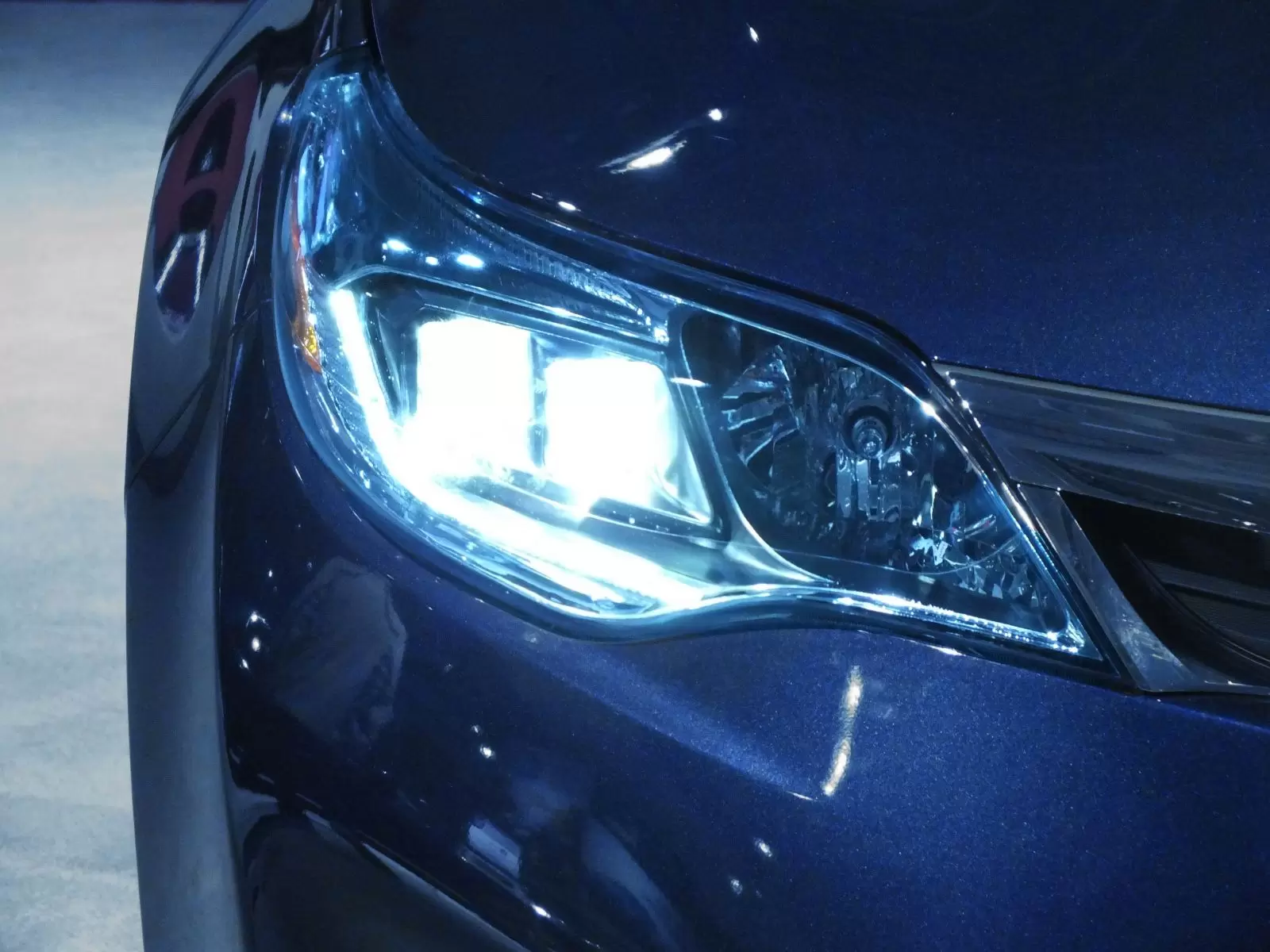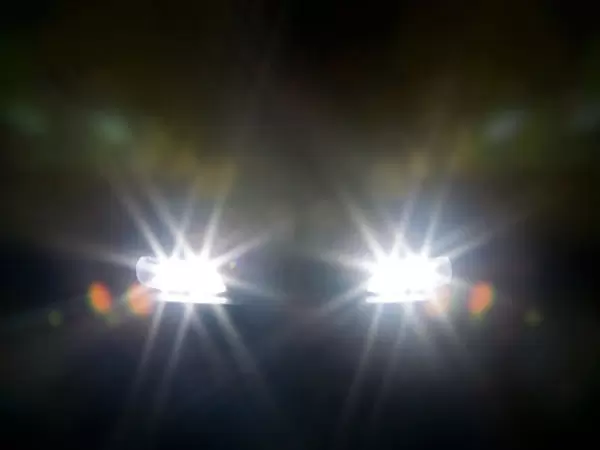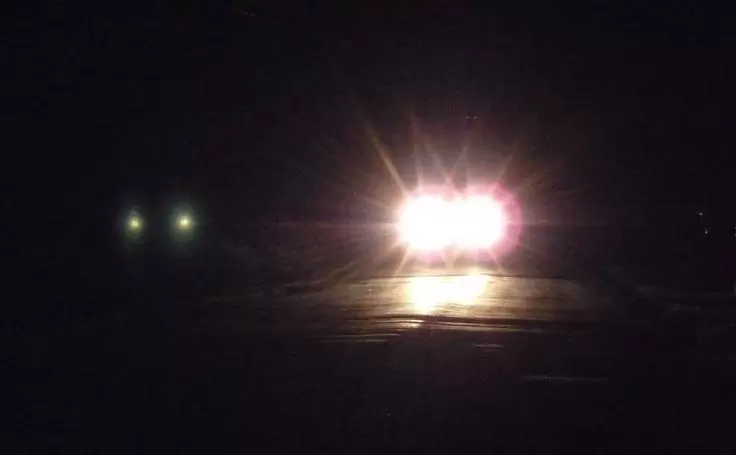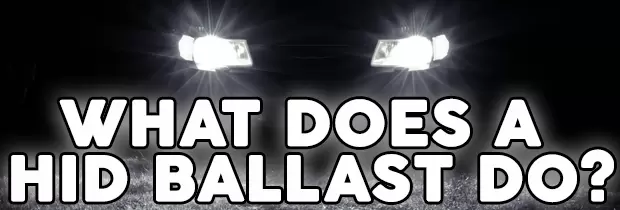In order to keep your Xenon HID lights working properly, you'll need a HID ballast. The ballast is an important part of your HID light setup and is essential if  you want your Xenon HIDs to work properly. In this post we'll cover what a HID ballast is, what it does, and why you need one.
you want your Xenon HIDs to work properly. In this post we'll cover what a HID ballast is, what it does, and why you need one.
What is a ballast?
A ballast is a crucial part of a fluorescent or HID lighting system. Ballasts have been used in lighting for decades, and more frequently in HID lamps as HID headlights have gained popularity.
In a fluorescent lighting system, the ballast provides the voltage needed to start the lamp and regulates the electrical current of the light once it is lit. Without a ballast, the lamp would draw too much power, causing it to burn out quickly - sometimes even within a few minutes. The ballast prevents this from happening and ensures you get the benefits of the lamp's full lifetime.
What does a ballast do?
 The first function of a ballast is to help your lamp start up quickly. When the lamp is turned on, the ballast provides a surge of higher voltage to the lamp. This helps establish an arc between two electrodes on the lamp, which is what causes HID bulbs to light up.
The first function of a ballast is to help your lamp start up quickly. When the lamp is turned on, the ballast provides a surge of higher voltage to the lamp. This helps establish an arc between two electrodes on the lamp, which is what causes HID bulbs to light up.
The other key function of a ballast is to keep your lamp running and make sure the output is steady. After the electrode arc is established, the ballast reduces the voltage and regulates the electric current. This ensures the light produced is even and steady, without flickering or fading.
HID ballasts
A HID ballast works in much the same way as any other ballast used in a fluorescent lighting system, but with a few key differences. In order to be safe and effective for use in a car, HID bulbs must be able to light up quickly, making the ballast extremely important.
The HID ballast has to be able to regulate the current in your HID lighting system very precisely. Too much power, and your lamp will die out faster and may actually explode. Too little power isn't good for a HID lamp either, as it can damage the light, causing uneven lighting and a possible crack in the arc inside the bulb.
HIDs also need to be able to turn off and on quickly without overheating, which makes the ballast's job even more difficult. The Xenon gas in the bulb needs  time to cool down before it receives the strong, high-voltage current that turns the light back on. Special circuits are needed in HID ballasts to help restart the lamp quickly after turning it off.
time to cool down before it receives the strong, high-voltage current that turns the light back on. Special circuits are needed in HID ballasts to help restart the lamp quickly after turning it off.
Additionally, HID ballasts act as DC to AC converters. HID lamps cannot run on a DC current, as it can damage the bulb. Most available power sources for your headlights will be DC, so the ballast must convert this to an AC current.
Where can I find HID ballasts?
If you have factory-fitted Xenon HIDs, you'll have a ballast either connected to the HID bulb itself or already installed in the car. There's no need to worry about a ballast in this case, unless you're experiencing problems. An auto-electrician can take a look at this for you.
If you're considering replacing your halogen headlights with new HID lights using a HID conversion kit, you'll need two HID ballasts, one for each headlight. HID ballasts are a key part of any HID headlight setup, and should never be ignored.
Any good HID conversion kit will come with two ballasts included. Make sure when purchasing the kit, you're getting two ballasts that are made specifically for use in automotive HID lighting systems, or you run the risk of damaging your new, expensive headlights.
Here at PowerBulbs, we offer a variety of HID conversion kits, all of which contain two high-quality ballasts that will ensure your new headlights work properly.
Shop HID Conversion Kits here.















.png)












 Close
Close